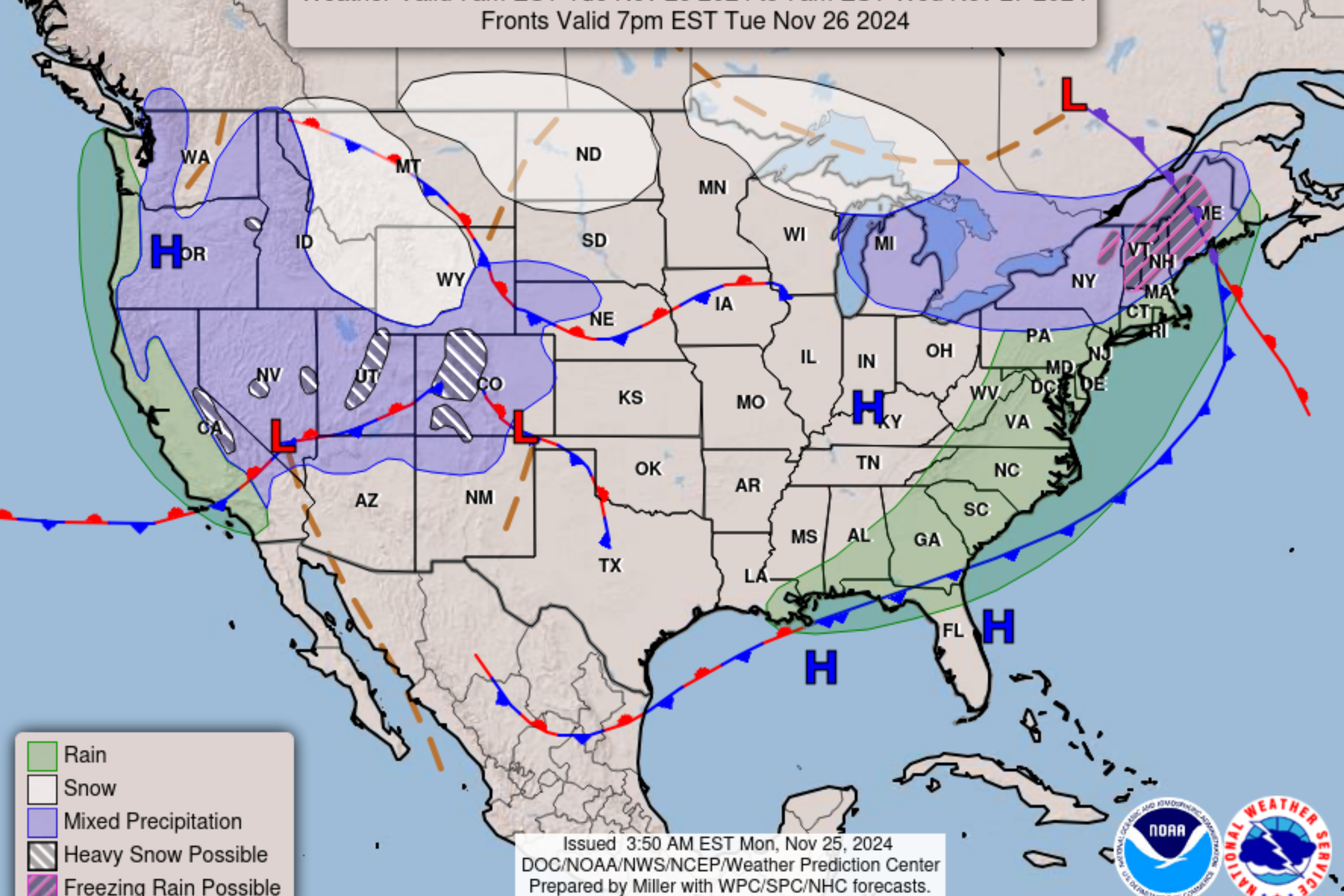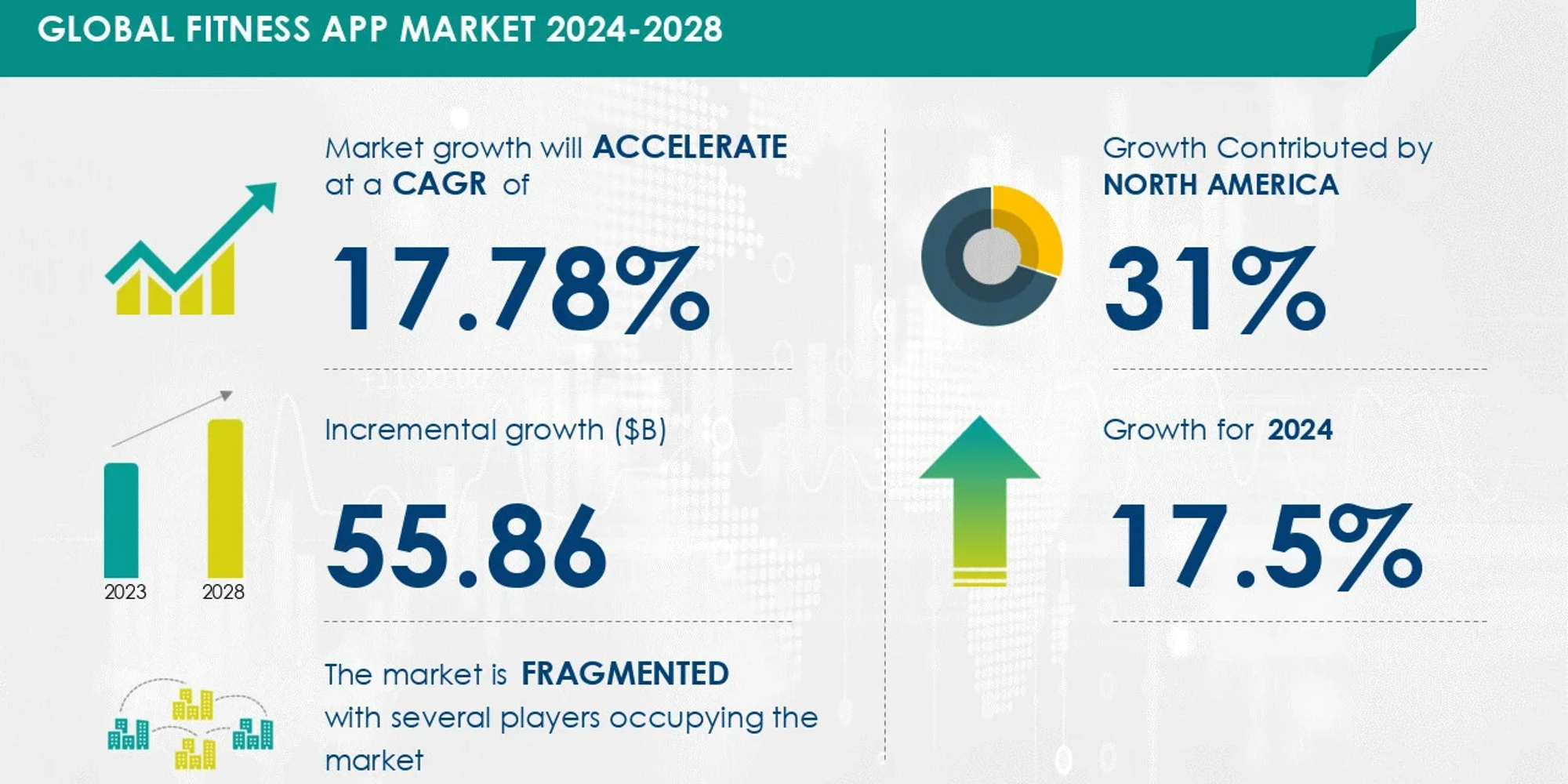Shopping
Helmet and College Shopping: The Relationship Between Value and Price – The Plaid Horse Magazine

By RANDI HEATHMAN
If you’ve been riding long enough, you’ve probably been through a lot of cycles of clothing and equipment.
It’s a typical process in any sport, and those just starting out, or kids who are still growing, tend to buy more basic, functional, (but not overly expensive) pieces. Those of us who have been involved deeply for a while tend to cultivate a palette of our favorite styles and brands, which usually lean toward the pricier end of the spectrum as we become more committed, knowledgeable, and discerning.
Take helmets, for example. Currently I’m rocking a One K, but in the past I’ve gone through Troxels, Ovations, IRH—you name it. I contemplated switching to Uvex, but learned from my helmet fitter that I lack the right head shape for it, so One K is my favorite right now with its washable liners and color options.
Obviously my riding friends have their own preferences for helmets too. Let’s be honest—as horse people, we talk about helmets and other equipment, compare notes a lot, go over the strengths and weaknesses of various brands and models, how they fit—or don’t. Often we discuss their price points because price is such a driving factor in how we shop for things.
Price is also part of how we attribute value to those things. So, if a particularly pricey helmet brand is our favorite, for example, and we believe the helmet has good value for its price point, we consider the investment to be worthwhile.
Conversely, if we don’t feel the same level of value can be applied to an alternative and less expensive brand, our thought process may be altered. “I’m sure it’s fine for a helmet that only costs X number of dollars,” you might say. Or, “I feel better paying a little bit more for fill in the name of the brand here.”
What’s nice, of course, is that there is a wide open marketplace in equestrian sport that offers a variety of helmets to fit a variety of budgets. Those with a budget in the hundred or two hundred dollar range, or even a little less, can easily purchase a fully approved, safe and well-fitted helmet that will protect from injury and is compliant with federation rules.
If someone else’s budget permits and/or their personal values dictate, they can step all the way up to the seven or eight hundred dollar price range for a fully approved, safe and well-fitted helmet that looks a certain way, comes in a particular color, or features certain additional accessories. The pricier helmet is also compliant with federation rules and, at the end of the day, both helmets will do their job successfully—some just cost more than others.
Of course, there’s another layer to how people view the relationship between value and price. Namely, the perception that if a helmet costs significantly more than a competing brand, then it must be significantly better than the other available options. This perception could be based on a lot of different factors, but very often, it’s a reflection of the position the brand of helmet holds in the marketplace rather than its physical construction or the long-term usefulness and durability of the product. Furthermore, if someone doesn’t already have experience with the brand in question, they’re more likely to calculate its perceived value on its price point because they don’t have any other data on which to base their decision.
In the day-to-day of my career, I see a similar mindset employed by parents and students when viewing college sticker prices. Oftentimes, they assume that because a particular college costs more, or because it only admits a tiny percentage of applicants each year, that college is therefore better (read: more valuable) than other available options. Under this method of evaluative thinking, the elevated price somehow makes the classes better, the housing more modern, and the food in the dining hall gourmet. And maybe it is—maybe the additional tuition revenue goes into campus resources that make for a better overall educational experience or maybe the school has a unique program that guarantees students better job prospects or connections after graduation. Perhaps the price is high because the school is located in a region with an elevated cost of living and these costs must be passed onto students.
Any of these things could be possible. Each school is unique, after all.
It’s equally possible, however, that the reduced admission rate and elevated price tag are – as with riding helmet brands – simply a reflection of the university’s position in the overcrowded college marketplace and is in no way a direct reflection of its educational quality.
In fact, since all colleges and universities undergo regular accreditation, we know that classes like English 101 and other courses across the curriculum at any accredited college or university in the United States are fairly standardized. That is, they’re taught in relatively the same way, whether at Harvard or Wake Forest or the Ohio State University—or even at your local community college. Textbooks vary based on professors’ individual preferences and the writing assignments will probably also be different, but the curriculum itself will be the same no matter where you are. And if a student meets all of their benchmarks at the end of their college career, they get a diploma that they can use to move into the workforce or on to a graduate or professional program in order to take the next step into their eventual career path.
Am I saying there’s anything wrong with paying more money for a college (or helmet, etc.) that comes with a few more bells and whistles if you can afford to?
Absolutely not.
But I’m also not saying that you have to break the bank to get a good college education either.
After all, when it comes to helmet safety and effectiveness, every tack store owner, helmet representative, and helmet fitter in the world will tell you that the fit is what matters most, not the brand name or the accessories. A well-fitted helmet that’s fastened properly is the best way to help you avoid serious injury or death. Period. Color, make, model, and accessories are just window dressing that make us feel fashionable while we’re wearing the helmets in order to keep us safe.
And you know what?
Every higher education expert, admission representative, and college counselor like me will tell you the exact same thing about the college you choose as well.
If it fits you in all the right ways – programmatically, fiscally, culturally – then it’s the right school for you. It doesn’t matter if it costs $90,000 per year, under $10,000, or – better yet – is free for all four years—all that matters is that it can provide the tools and knowledge you need in order to become successful and that you do your part and show up to class ready to learn.
So the next time you go shopping for a helmet, make sure it fits well so you’re prepared in the event of an emergency. And when you go shopping for a college, do your research and make sure that fits right too.
After all, a helmet can’t save your life if it isn’t on your head and the most valuable college degree at the end of the day is the one you can afford to both start and finish.










